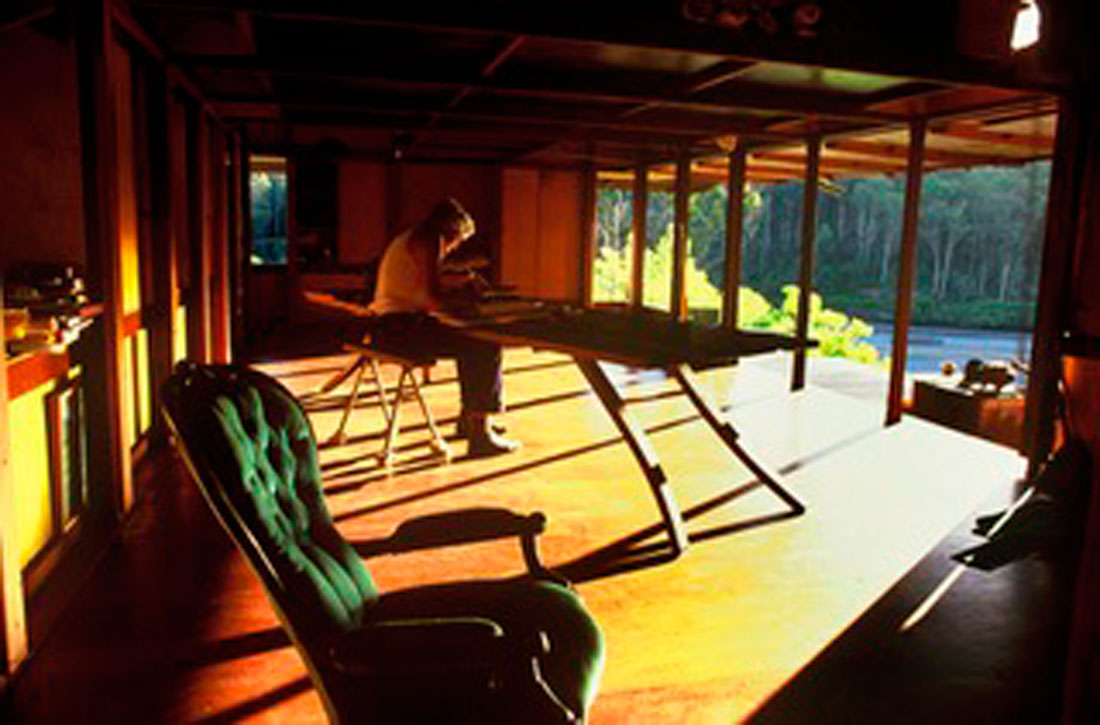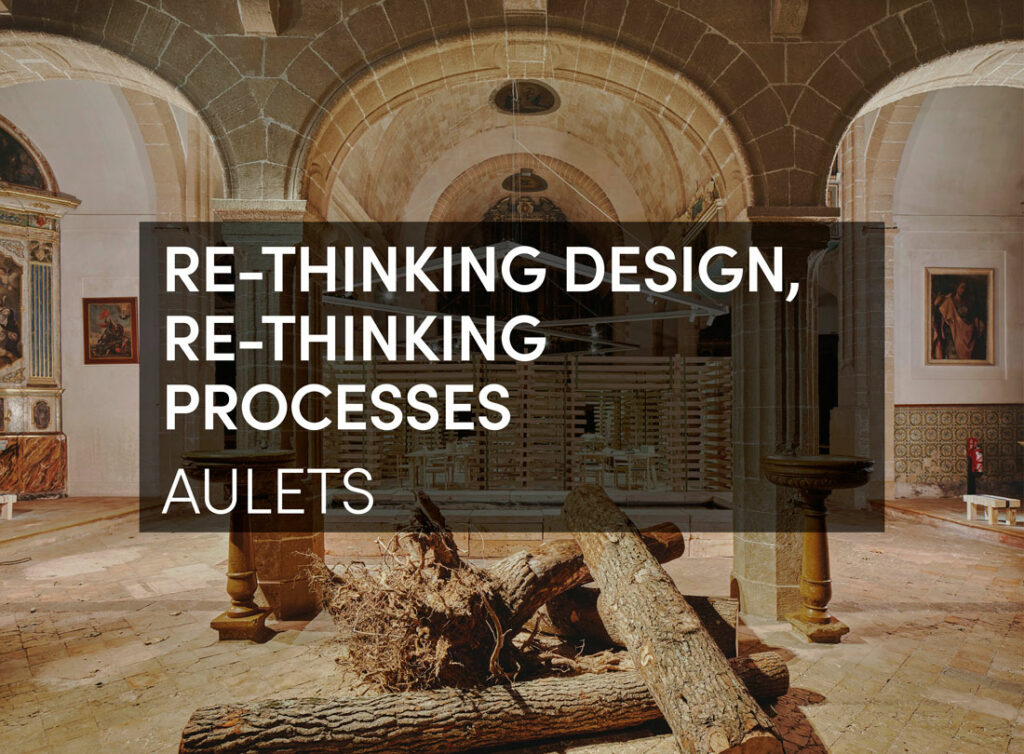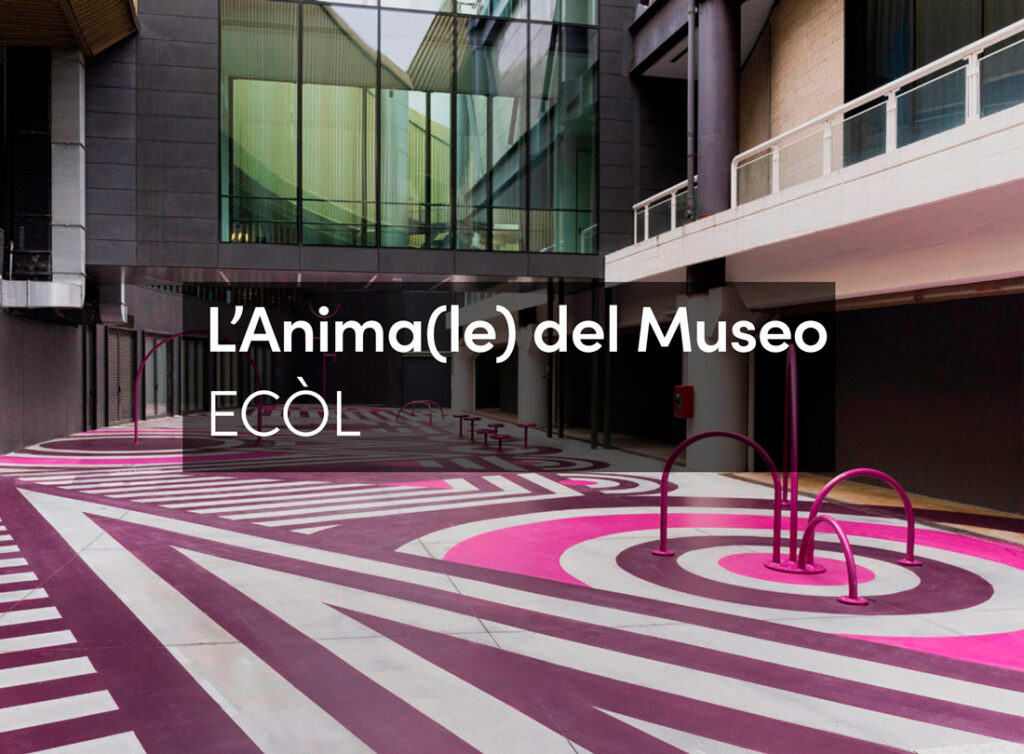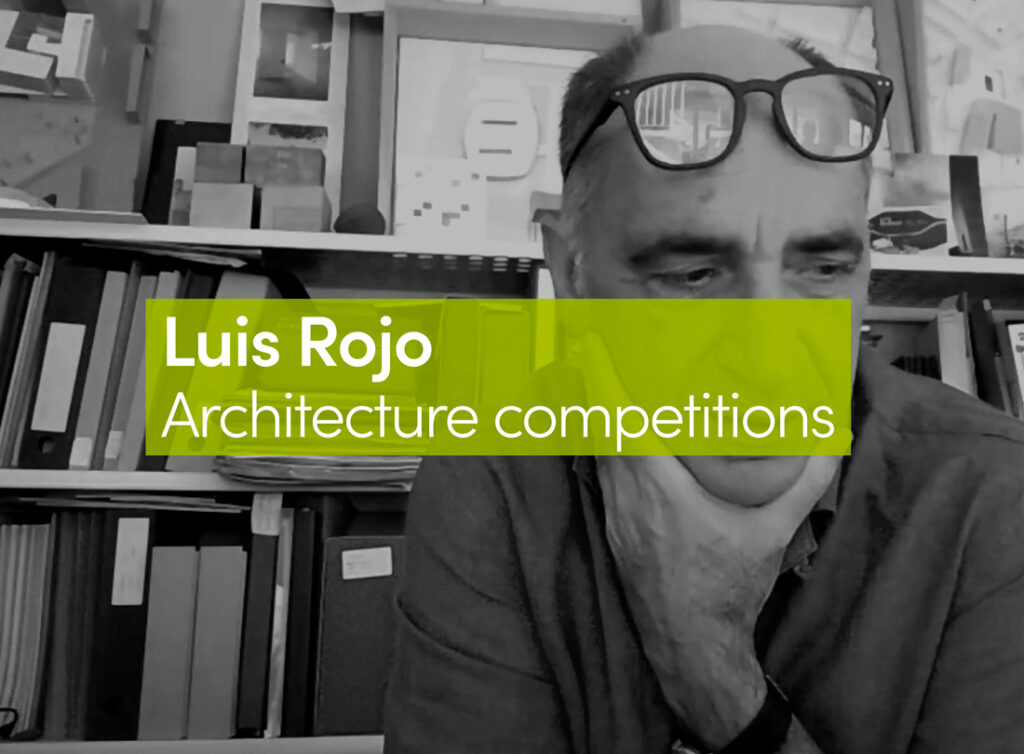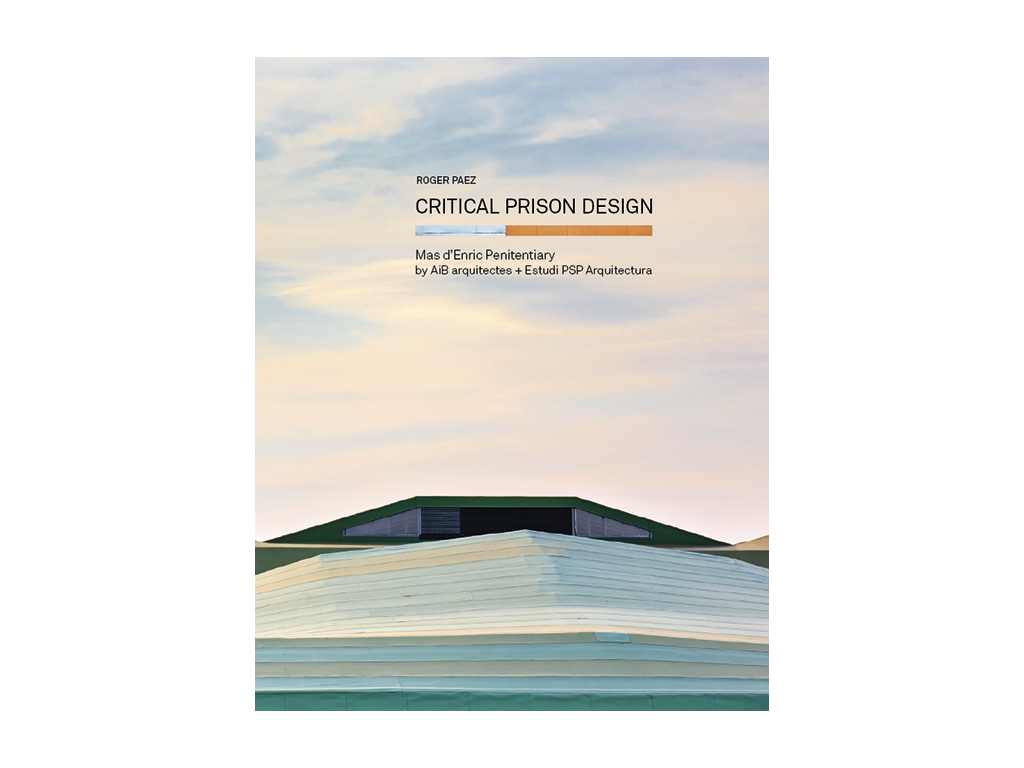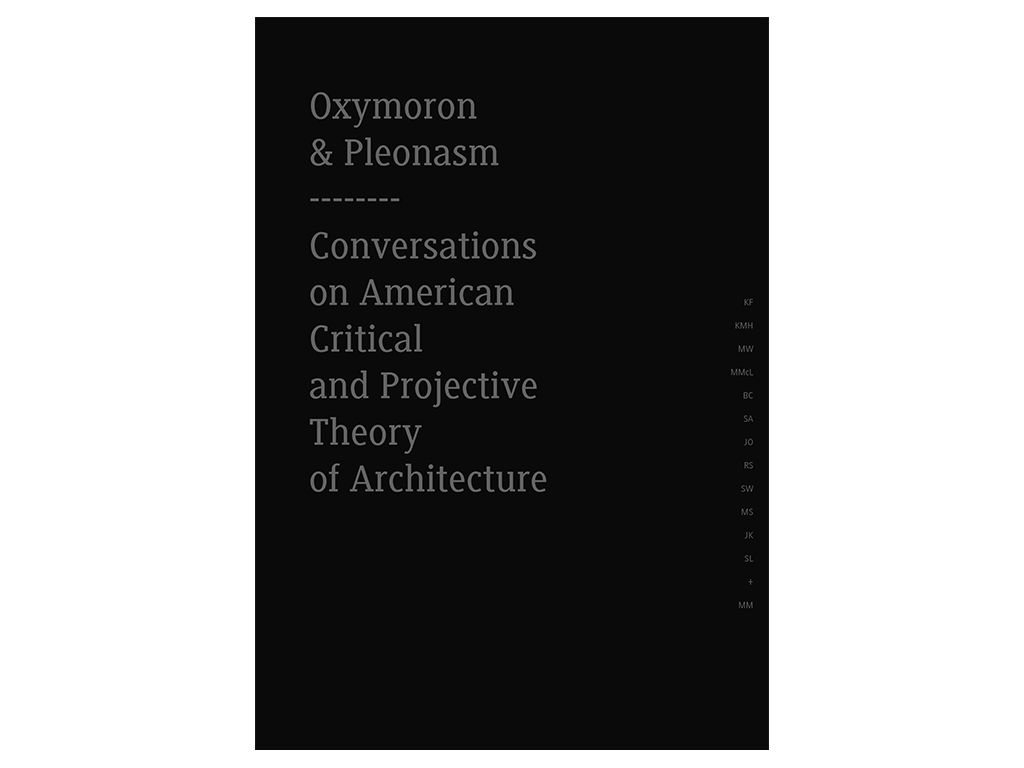What is the ontology of architecture? One way to understand this question is to take it as asking after the basic elements of architectural practice. Another is to take the question as directed at the being of architecture, its proper limits and grounds. It is in this latter sense that I wish to put the question here. When taken in this sense, it seems there can be only one answer: more so than any other mode of human activity, architecture has its being in the human engagement with place, and more specifically, in the engagement with place as opened through building.
The question concerning the ontology of architecture is seldom directly addressed. Much contemporary reflection on architecture, when it goes beyond technical and professional concerns, remains at the level of architectural narrations that are more concerned with the deployment and elaboration of metaphorical and metonymic constructions than with the analysis of the ontological underpinnings to architectural practice. When contemporary architectural discourse does extend beyond practical design concerns, it mostly remains preoccupied with issues of contingent discursive and rhetorical formation, often concerning architecture’s own discursive self-formation and self-representation. What happens when we turn back to the ontology of architecture, and especially when we try to understand architecture in terms of the engagement with place through building? What underpins this engagement and in what is it founded?
Figure 1: Lovett Bay House, Richard Leplastrier. Photograph 1998: Leigh Woolley ©. With thanks to Leigh Woolley and Richard Leplastrier.
The claim I advance here is that any such inquiry must pay special attention to the connection of place and building with memory. The connection of place with memory is neither peripheral nor contingent. Place and memory are integrally connected such that they cannot be understood independently. Place and building are likewise tied, because architecture is always a response to place. The inquiry into the ontology of architecture must therefore include an inquiry into the relation between memory and place. Simply stated, there is no place without memory, no memory without place, and, since there is no architecture without place, neither is there architecture that is not engaged with memory.
To understand what is at issue here, however, we must first understand the relation between place and memory. There is a long tradition that connects these two notions. It is a connection famously exemplified in the ars memorative – the art of memory – and the associated “method of loci,” according to which memory is enabled through the connecting of the images or ideas to be remembered with specific locations. It is also a connection that appears in the work of many twentieth century thinkers. In the work of Gaston Bachelard, for instance, memory is explored as it is given in the intimacy of domestic places, and, in the writings of Walter Benjamin, memory appears in its embeddedness in the materiality of things and, especially, in the materiality of the city, its buildings, and its streets.
Yet although the connection of memory to place is clear in these thinkers and writers ( as well as in the work of many others, including Marcel Proust and W. G. Sebald), the exact nature of that connection, and whether it is a necessary or a contingent one, often remains much less clear. There is also a common tendency to assume that because memory is of the past, it must be primarily a temporal phenomenon, rather than having any connection to the topographic; that is, to place. Yet even were memory taken to have a special relation to time, still this would not itself imply the priority of that relation over the relation of memory to place. The reason is simple: time does not stand apart from place any more than does space. Indeed, both time and space, even while they may be opposed to one another, should both be understood as grounded in place, and perhaps even as abstractions from it.
Moreover, memory is itself constituted through the embeddedness of the one who remembers in place, and the necessary interdependence that obtains between self and place, coupled with the essential role of memory in the formation of the self, means that memory and place are thereby also brought into intimate relation. The argument at issue here is one that looks to the holistic constitution of meaning, or content, as this applies to memory no less than it does to beliefs, desires, actions, and so forth. Just as meaningful, or contentful, memories are embedded within networks of memories and attitudes, so those networks are also embedded in, and inter-related with, the objects and entities in the world that cause them and that are also their objects. The very idea of meaning or content thus depends essentially on the connectedness of those who remember to the world, and so to objects and entities in the world.
On this basis one might say that the “mind” is itself externalised, and meaning and content must therefore be understood, not as given in some separate, “inner” realm, but only in the space of worldly engagement. Since the self is constituted through the dynamic integration of memories, beliefs, actions, and the rest – even if always impartial and incomplete – the self also turns out to be constituted through its worldly involvement. Who and what we are is thus dependent on where we are. Memory cannot be prised away from the world any more than can the self, but more than this, memory is also given in the world, in the concrete materiality of things, since it is there that self and identity, meaning and content, are jointly constituted and articulated. Understood more explicitly in relation to place, one can say that place is precisely that which gathers self, others, and things in a way that opens them both to the world and to each other, and that thereby enables memory.
The placed materiality of memory that appears here has several consequences. First, memory is not “subjectively” determined, nor does it belong to the “subject” alone. By this, I mean that memory is not something that is to be understood as merely a product of subjective experience. Memory arises through our interactive engagement with the world in which we find ourselves – an involvement that does not come after the formation of the self but is the very means by which the self is formed. Second, although memory has an important relation to both sociality and subjectivity, neither of these is possible apart from memory. And, given the interconnection of memory with place, one should add that sociality and subjectivity (and objectivity, too) emerge only within the overarching structure of place. Place is just that within which self and the social are reciprocally constituted, and in which they are both constituted in essential relation to the materiality of the world.
Memory begins in place, yet so too does place begin in memory. To be in place is already to remember. Place itself never appears other than as it is already taken up in memory, even if the memories that attach to any place are fragmentary, associative, or recent. Moreover, only through memory are we oriented, and only as we are oriented are we placed. We thus find ourselves in the world – which means we only find ourselves at all – in and through memory, and, although memory is itself only to be approached in and through place, we cannot approach place independently of memory either. It is as remembered that place first appears, and even the experience of place is always suffused with memory, shaped by memory, directed by memory. There is thus no place without memory; no memory without place.
Memory is always nostalgic – and so always melancholic. This is so, not in the sense that memory involves a desire to regain what cannot be regained (what is sometimes termed “restorative nostalgia”), but rather in the sense that memory always involves a sense of loss (hence the melancholia).To remember is to attend to what is past, what is no longer present as it was or, if present still, is present in a different way. To attend to what is remembered is thus to attend to the dynamically unfolding character of place. The nostalgia that is associated with memory is thus an essential feature of human engagement in the world. It cannot be escaped any more than we can escape the world or ourselves. The nostalgic is that which marks the dynamic opening of the world in place, not only in terms of freedom and limit, but also in terms of our own character as active beings possessed of an existence that is finite and fragile. Although it can only be remarked on in passing, it is in just such finitude and fragility, and the response to it, that the ethical has its essential origins.
It is sometimes said that places give fixity to memory. Yet as it is only in and through places that memories have form, so places are themselves given form only in and through memory. Neither memory nor place have a fixity that belongs to either alone.Memory always carries multiple possibilities that accord with the multiple possibilities of the places that memory opens up and in which memory is itself opened. Moreover, since memory and the self are dynamic structures, neither we nor our memories are fixed in place like insects in amber, just as places do not remain as the unmoving backdrops to our lives.
All appearing involves withdrawal – a degree of disappearance – and so too is memory impossible without forgetting. This is one reason why the idea of an “absolute” or “complete” memory, in which there is no forgetting – exemplified and explored in Jorge Luis Borges’s story of “Funes the Memorious” – is perhaps best understood, not as memory in any genuine sense at all, but rather as a distorted form of memory in which all that remains is a debilitating retentiveness that undermines the capacity for action and the sense of self. No memory is completely private, because all memory is placed, and the placed character of memory means that every memory has some dimension that is accessible to others, even as it has a dimension that resists such access. Memory is also given in ritual and event – it is performed – and the performance of memory connects modes of personal and collective life. We see this in forms of collective celebration, both those celebrations and festive occasions where we celebrate collectively, as well as when we celebrate in the same or similar ways among family, with friends, or within other groups. The performative character of memory brings us back, once again, to the dynamic character of place and memory – and so too the dynamic character of the built. Buildings too are performances, as they are also events.
The view of the relation between memory and place, as sketched here, is romantic, in that it holds that materiality appears as material only through being taken up in and through the meaningful and the remembered, and it is materialist, in that it holds that meaning and memory are, in turn, given in the very materiality of things. As such, it embodies a form of romantic materialism. If we turn back to architecture, and particularly to a consideration of the built form of the architectural, then such romantic materialism suggests that we should think of buildings, not as inert structures that stand apart from remembrance, from felt experience, sentiment, or affect, but as constituted romantically and materially at one and the same time. In terms of memory, buildings carry memory as an essential and inevitable part of what they are, and they do this in several ways.
Memory is given in the sensed properties of buildings. This is not only true of those properties as they may be given visually, but also in terms of other modes of sensory presentation. The smell of a building, the textures of its surfaces, the sounds of its spaces – all of these give rise to memory and serve as the carriers and triggers for remembrance. Sometimes the relation to memory may be direct, a specific feature provoking a sudden remembrance, but sometimes it may be by means of certain archetypal forms or schemas that are typically felt and recognised through generalised modes of bodily engagement and responsiveness.
Memory is also given in a building’s symbolic and semiotic elements, whether they belong to the particularities of site, orientation, ornament, or style. In one sense, such elements are not strictly the material of memory, at least not insofar as they remain at the level of the abstract or generic. But, since they are invariably embedded in, and evocative of, collective as well as personal history and remembrance, and thereby given specific materiality, so they never stand wholly apart from the memorial, whether personal or shared. Often the forms of memory that are at work here are so mundane and commonplace that they are readily overlooked. The remembered but mundane narratives that are encoded in the floor plan of a building and the arrangement of rooms within it, or that differentiate aspects of a building’s relation to the street, play a basic role in the functioning of buildings and in our ability to engage with them. Memory is given, too, in the inscriptive and dynamic elements of building – in the effects of weathering, decay, and renewal, of extension and re-use. The ruin, or the evocation of ruination, provides an extreme instance of this mode of appearance of the built as the concretisation of its own history and as an expression of the dynamicity and indeterminacy of place. Built form is always remembered form. The opening of place through building, which occurs in the architectural engagement with place, is thus also an opening up of memory so that memory can be said to be formed in and through building. The infusing of building with memory and memory with building means that building is never just “objective,” and never just “subjective” either, but always operating between the two and in the space in which both are opened up.
At the level of Australian domestic architecture, Richard Leplastrier’s ‘Lovett Bay House’ at Lovett Bay, Pittwater, NSW, built on the site of an earlier dwelling destroyed by bush fire, provides a striking illustration of a mode of architectural practice that consciously draws on memory, building memory into the forms it constructs, allowing memory to emerge in and through the site – and doing so on a multiplicity of levels. Here memory also means a memory of continuity of settlement – the memory of a belonging that is not and cannot be proprietorial. As Leplastrier writes: “the house continues a history of simple living on the site, which I suspect has continued for thousands of years: small shells that litter the place give testament to that fact. The form of the building is simple – its central core room restrains a broad cantilever roof that surrounds the building, the lack of columns allowing the line of the landscape to continue unbroken. Being inside the house is like sitting under a strong over-hanging tree” (Leplastrier, Spirit of Nature Wood Architecture Award 2004, Helsinki: Wood in Culture Association, 2004, p.18)
Significantly, Leplastrier’s approach as indicated here is one that aims to let memory arise in and through the building rather than being imposed onto it or its the site. And it is hard to see how any genuine concern for the possibility of memory in building could operate in any other way. Yet much contemporary architecture, if it is concerned with memory at all, does indeed tend towards the attempted imposition of memory rather than simply allowing its emergence. This is partly a consequence of a widespread of architectural tendency to prioritise the ideational over the material or to take the ideational as determining of the material. Buildings are thus taken to encode texts, concepts or ‘stories’ that essentially derive from the design intentions of the architect. Here, once again, the tendency for architectural ‘story-telling’ reappears in the form of the narrative that is supposedly expressed in the building or the ideas that the building embodies. For the most part, however, such narratives and ideas are evident only on the basis of prior acquaintance with the intentions of the designer – seldom can they be directly read off the building itself (and that is typically so even for those buildings in which actual text is incorporated into the built structure).
There can be no doubt that story and memory are closely related – as are narrative and place – but there are stories and stories, and not every story secures or is secured by memory, just as not every story told about a place belongs to it. Many (although certainly not all) of the stories told about buildings and the designs that supposedly underpin them seem to depend on taking the built form as something other than it is – not as a concrete form that does indeed engage with a certain place, but rather as almost a piece of text, carrying a script that is to be read in one way and one way only. Understood thus, the building ‘as text’ (or as ‘image’) is no longer constituted by its materiality, but rather becomes that which determines its own materiality through being inscribed into it. It is thus that the materiality of so much built form recedes, in modernity, in the face of the primacy of the image, the text, the representation. There is indeed nothing outside the representational, and the representation has become the form of the architectural.
The materiality that is obscured or forgotten in so many architectural narrations is not only the materiality of the built as it evades any and every narrative, but also the materiality of the built as it contains and sustains memory. Yet the fabricated narrative that has no genuine foundation in the material and concrete is unlikely itself to be remembered. There is something especially ironic here, since often the design intention that is encoded in an architectural narrative is one that is expected to continue to shape the life of the building even after construction. In some cases, this can signify a form of architectural presentism: the idea that a present narrative might be able to determine future narratives, and so the future uses and meanings accruing to a particular built form. Yet, the only narrative that can reliably continue to have power in the life of a building is the narrative that the building itself speaks and remembers, that the building itself embodies and contains – the narrative that is given in the singular materiality of a specific built form and the place it occupies.
The connection of memory with built form, and so also with architecture, is not something peripheral to building or to the built, but instead draws us into a set of questions that concern the very nature of building – as well as of the human. How, for instance, is one to build in a way that acknowledges the connection with memory? What memories and forms of memories pertain to different forms of building? What difference would it make to the built environment if memory were to become an explicit element in the architectural thinking that is expressed in building? Such questions remain important even though they are not commonly asked or addressed. Since my account here has remained at the level of a sketch rather than a fully realised study, I have not the time or space to try to respond properly to these questions – although some indication of the direction in which a response might move should be evident from the comments above. There is, however, another matter that deserves mention once one begins to take seriously the connection of place with memory and of those with building and architecture: the matter, not only of ontology, but of ethics. As I use it here, ethics is not about some theory of the “good” or the “just,” but rather concerns our attentiveness to the remembered place and the placed memory – our attentiveness to the placedness of the human and the humanness of place. Once we understand the essential interconnection of the concepts at issue here, and once we understand the materialised, placed character of human being, then the task of building, and of architectural design, becomes a task from which the ethical can never be excluded, and that is fundamentally tied to matters concerning the very formation – the ontology – of the human.
When we build, we do indeed build memory, and every building carries memory within it. What this means, however, is that when we neglect the memorial character of building, and so the way memory must also enter into building design and construction, we neglect an essential element in what it is to build. We thereby misunderstand building, and we also misunderstand ourselves. The implication of the self in architectural practice (where this extends to include, not only the architect, but also all those who engage with the building and whose lives become implicated with it) is, of course, part of a larger hermeneutic structure of self-implication that characterises all modes of understanding, inquiry, and creation. Yet such self-implication takes on a specific form in architecture, since the working out of the self that occurs in architecture is also externalised and concretised – it is a reciprocal shaping of self and built form as that occurs in and through the engagement with place. Here, then, the importance of the investigation into the ontology of architecture is revealed: such investigation cannot but force us back to an investigation of the properly human, which is also the properly ethical, context of architectural practice, since that is what is at issue when we inquire into the character of architecture as an engagement with place. The engagement with place is also, by its very nature, an engagement with the human. The human dimension of architecture is something that modern architectural theory and practice often effaces. That it does so is no accident, even though it is seldom intentional, for the effacing of memory is essentially an effacing of the human. It is also, by the same token, an effacing of both ontology and ethics.
